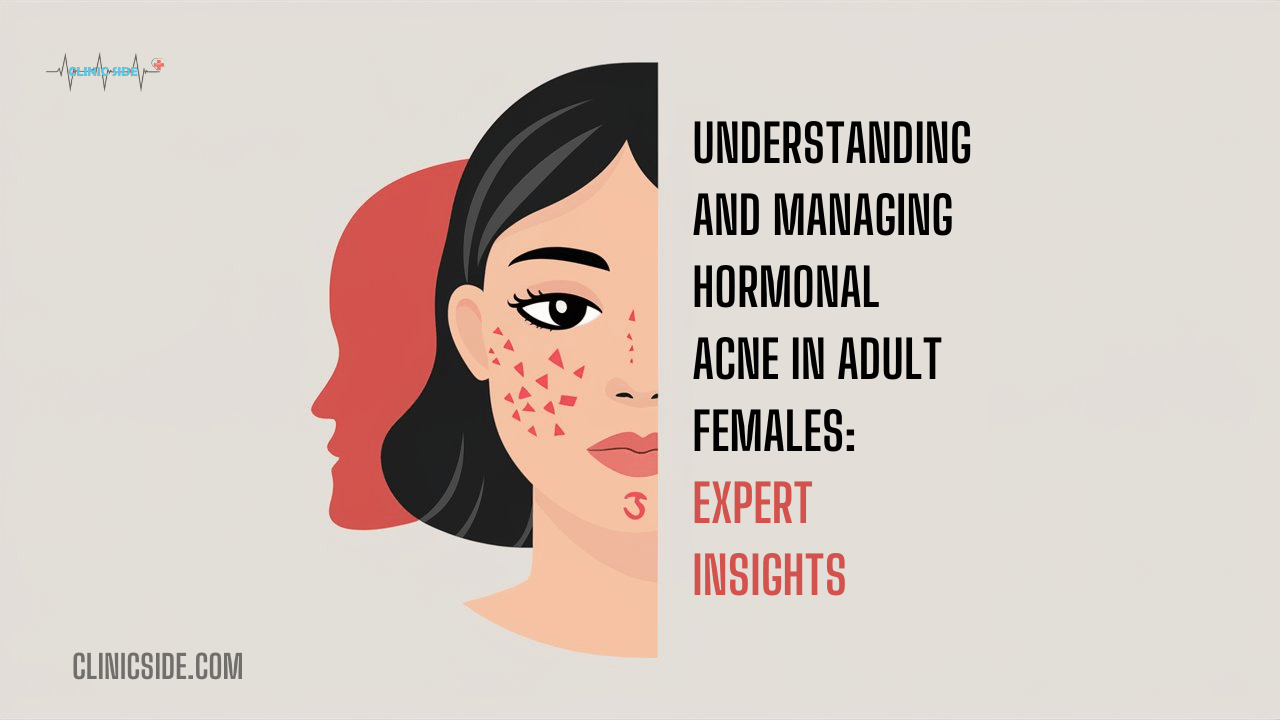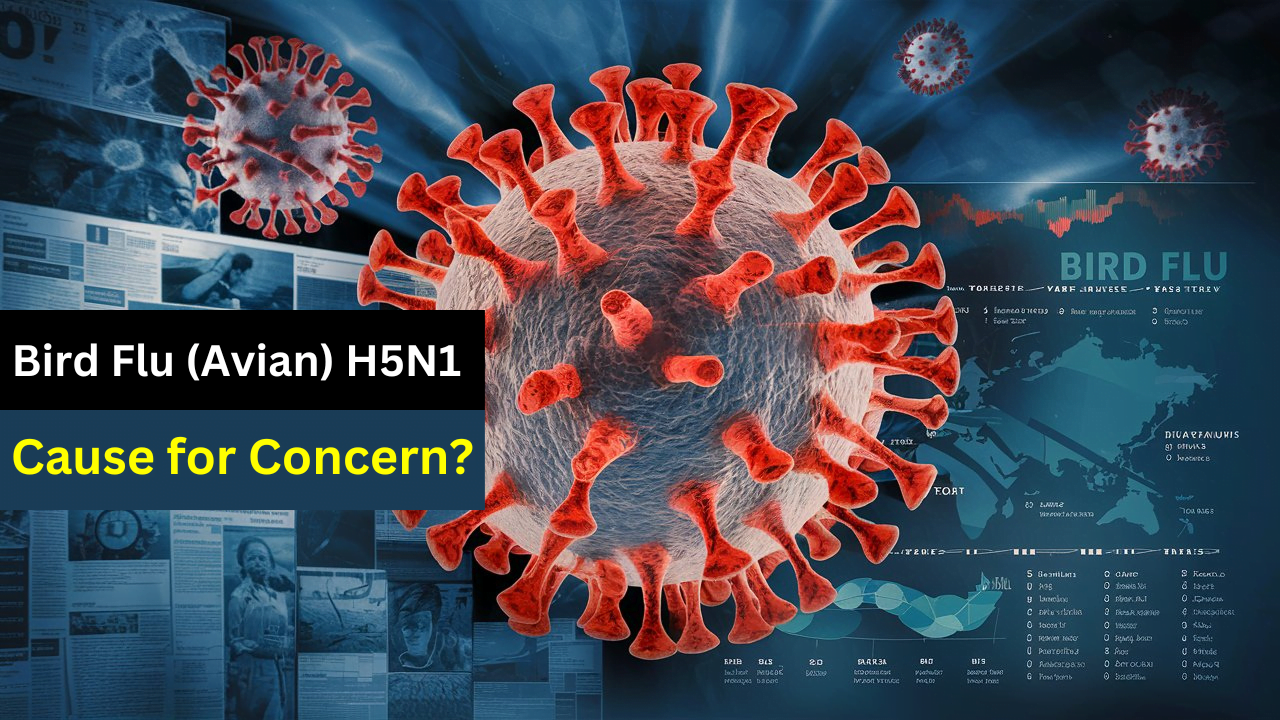
Introduction: The Silent Epidemic
The disease, which is called Lyme, used to be thought of as something that only occurred in some areas. However, it has spread all over the country and affected millions of people in America. People are arguing about the illness because it is hard to find out what causes it and there are many different symptoms. This article looks at where Lyme comes from, how doctors can diagnose it better, what treatments work best for patients, and whether or not we will ever find a cure for this disease.
The Rising Threat: Understanding Lyme Disease
Anyone who has been bitten by an infected black-legged tick may get Lyme disease. The number of states where this infection is found has gone up every year; so now they say everyone should be careful. All kinds of folks can catch it too – young or old, sick or well! But what causes these awful things? Well, scientists believe that bacteria called spirochetes are responsible for them but nobody knows exactly how they do what they do. Some possible effects include joint pains alongside neurological difficulties such as memory lapses while others might suffer from heart problems instead.
Diagnostic Dilemmas: Navigating the Testing Conundrum
Lyme disease is not easy to diagnose because of imperfect tests. Many times, standard lab exams give a false negative so people get diagnosed late or not at all. Another thing making it harder to know if someone has the disease is that some diagnostic criteria leave out important markers and it causes more debate over Lyme test validity.
Treatment Debates: Examining Approaches and Outcomes
The treatment of Lyme disease is still being debated, some people think they know the best way to go about treating this while others are saying something else entirely. The use of antibiotics has proven successful for most patients however there is an argument between doctors on whether chronic symptoms exist after treatment. When looking at what mainstream medicine recommends versus alternative therapies one can see how far apart these two sides are which means we need more agreement as well as different approaches when caring for people with Lyme Disease.
Chronic Lyme: Separating Fact from Fiction
The medical world is still not sure about the idea of chronic Lyme disease which means that a person has long-lasting symptoms even after taking antibiotics. While some people believe in persistent infection, others think different causes are responsible for the lingering symptoms. To solve this puzzle, more studies need to be done on this condition and an intricate understanding should be developed of its mechanisms.
Patient Perspectives: Voices of Resilience and Advocacy
Within the numbers and scientific talks are real people who have suffered greatly because of Lyme disease. These personal accounts show what it is like living with chronic illness; dealing with diagnosis uncertainty as well as advocating for better healthcare resources. They share stories about their hardest moments and how they got through them which helps us remember our common humanity during this epidemic.
Innovations and Hope: Advancing Research and Treatment
Lyme disease is indeed very complicated, but it is starting to show significant signs of improvement. The newest research programs are meant to explain how the Borrelia bacterium works, invent more accurate diagnostic equipment, and discover new treatment methods as well. Imaging technology innovations along with targeted therapies also open up more promising opportunities for patient outcomes betterment which can lead us nearer cure finding in the end.
Frequently Asked Questions (FAQs)
Is Lyme Disease contagious?
Person-to-person transmission of Lyme Disease is not possible. It is transmitted through the bite of ticks that are infected.
What are the early symptoms of Lyme disease?
Aspects of early-stage Lyme Disease may include flu-like signs, fatigue, joint pain, fever, and a characteristic bullseye rash.
Can Lyme disease be cured with antibiotics?
Most cases of Lyme disease can be treated with antibiotics successfully. However, some individuals may continue to show symptoms after being treated.
Is chronic Lyme disease a recognized medical condition?
The medical community does not recognize chronic Lyme disease as a legitimate condition for diagnosis or treatment. Some healthcare providers accept this label while others believe that these patients have other causes behind their ongoing symptoms.
Are there preventive measures to avoid Lyme disease?
Some preventive measures for avoiding infection with Lyme disease include wearing protective clothing and using insect repellents when working or playing outdoors; checking oneself carefully after outdoor activity, especially in grassy or wooded areas where ticks are common; avoiding places with high populations of deer which serve as hosts for ticks at all stages of their life cycle.




